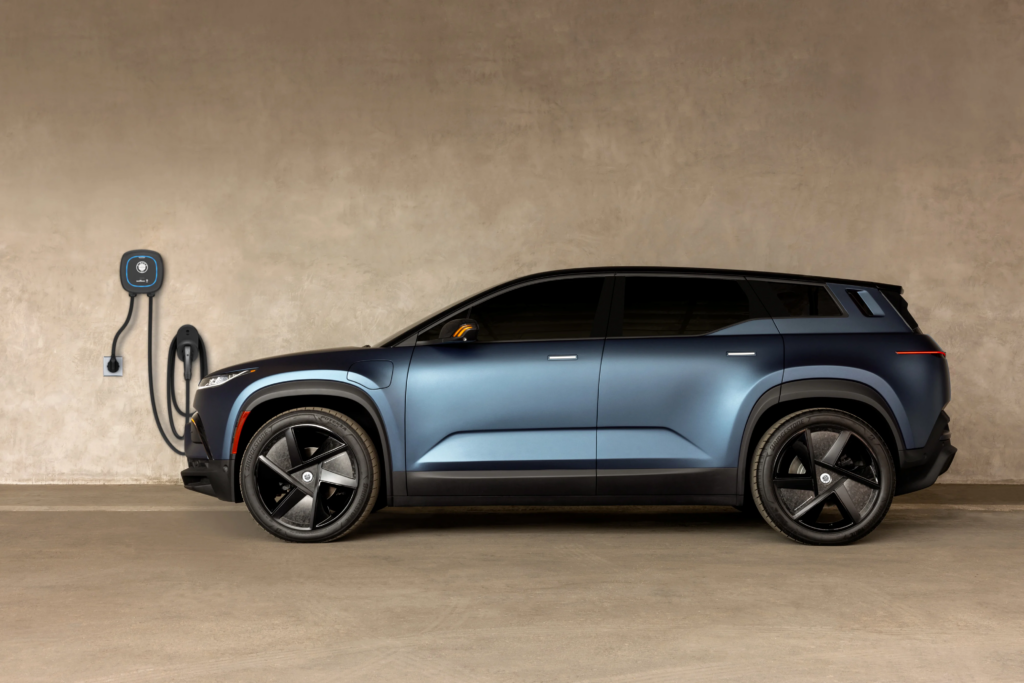Fisker’s Ocean EVs have received a much-needed boost after the company faced shutdowns and bankruptcy concerns. A new $2.5 million software deal ensures that current Fisker Ocean drivers can continue to access essential services, despite the company’s financial collapse. This agreement stabilizes cloud-based services and over-the-air updates, alleviating worries for thousands of Fisker Ocean owners.
What’s Happening & Why This Matters
In June, Fisker filed for bankruptcy, leaving Ocean EV drivers uncertain about the future of their vehicle support. Fisker had delivered about 5,000 Ocean EVs and had manufactured a total of 10,000 units before financial trouble hit. American Lease, a company that had agreed to purchase around 3,300 of Fisker’s remaining cars, encountered issues when it discovered that it couldn’t transfer software access from Fisker’s servers. American Lease had already invested $42.5 million and taken ownership of over 1,100 Ocean vehicles by this point.
Recognizing the critical need for software support, American Lease negotiated a $2.5 million deal that secures access to Fisker’s cloud-based services for the next five years. This agreement allows Ocean owners to maintain essential functions, including tech support, software updates, diagnostics, and cloud-connected features like navigation and remote access.
The Fisker Owners’ Association (FOA), an organization of dedicated Ocean drivers, also joined forces with American Lease. The FOA now has full access to Fisker’s core service software, the Fisker After Sales Tool (FAST), which provides essential diagnostics and repair functionalities. This access marks a historic step, as the Fisker Ocean fleet will be entirely owner-controlled, making it the first EV fleet of its kind.

The Role of the Fisker Owners’ Association (FOA)
Following the bankruptcy filing, the FOA quickly mobilized to ensure their vehicles would remain functional. Since June, the FOA has organized a network of 21 service centers across North America, specifically to assist Ocean drivers with maintenance and repairs. Through this agreement, the FOA and American Lease have extended a lifeline for current and future Fisker Ocean owners, providing essential support despite the manufacturer’s absence.
FOA co-founder Cristian Fleming explained that all modern EVs rely heavily on cloud services, so this five-year cloud access represents peace of mind for Fisker owners, guaranteeing them control and connectivity. The FOA now plans to use this opportunity to support third-party software improvements, enhancing the driving experience and extending the longevity of Fisker vehicles.
Parallels in the EV Industry
Fisker’s challenges reflect larger issues in the EV industry. For example, JuiceBox, a home EV charger provider, also faced backlash after abruptly ceasing its North American operations and shutting down its software. In response to customer demand, JuiceBox quickly secured a software agreement to extend service for its users, highlighting the essential role of cloud support and software updates in the EV ecosystem.
TF Summary: What’s Next
The partnership between American Lease and the FOA secures a future for Fisker Ocean EVs, maintaining essential services and access to critical software. As EVs depend on software and cloud functionality, this agreement could pave the way for owner-controlled systems in other electric car fleets. The FOA and American Lease continue to explore third-party software options to enhance Fisker Ocean vehicles, ensuring ongoing support for their community of drivers.
— Text-to-Speech (TTS) provided by gspeech


